#Duchess Mathilde ludovika in Bavaria
Note
🍄: which royal would you go on a date with
I would go with Lady Diana Spencer for sure 100%✨
i already answered this question but i can gladly answer it again because i am in love with like all of the royal women!
Princess Charlotte of Prussia

2. Queen Alexandra of Great Britain
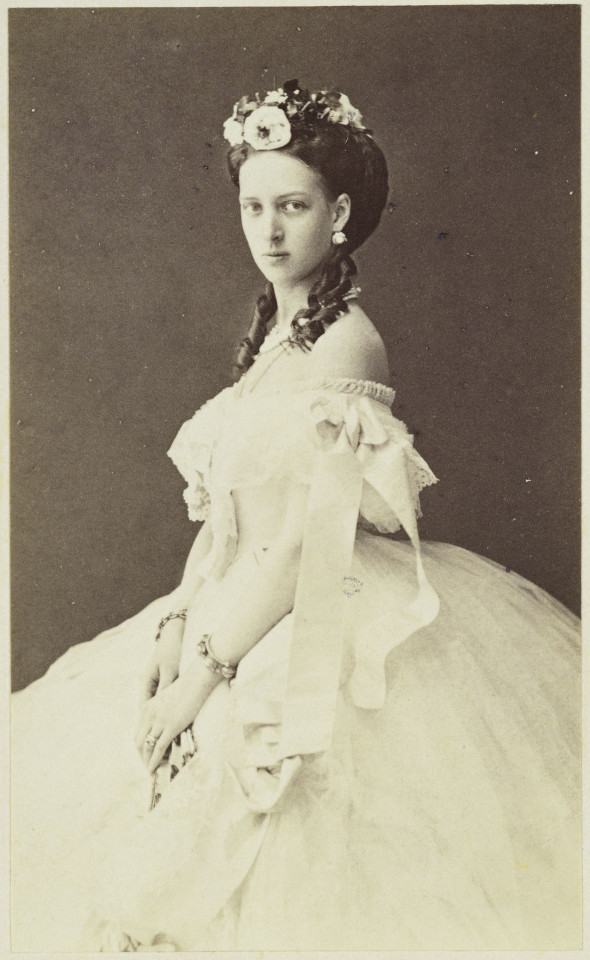
3. Princess Viktoria of Prussia

4. Princess Beatrice of Great Britain

5. Grand Duchess Xenia Alexandrovna of Russia

6. Duchess Mathilde Ludovika aka “Spatz” in Bavaria

7. Princesses Margarita, Theodora, Cecilie, and Sophie of Greece and Denmark
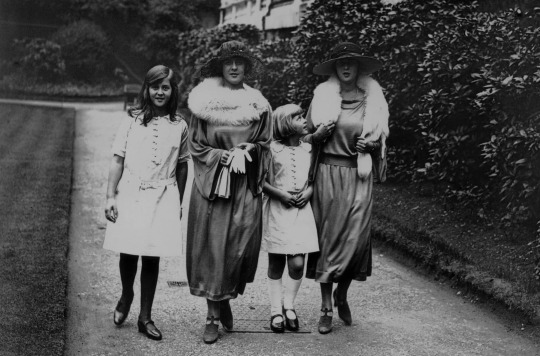
Feel free to ask me this question again because i have a lot more people in mind lol!
Thank you for asking!!!
#answered ask#princess charlotte of prussia#queen alexandra of the united kingdom#xenia alexandrovna#princess beatrice#Duchess Mathilde ludovika in Bavaria#princess margarita of greece and denmark#princess theodora of greece and denmark#princess cecilie of greece and denmark#cecilie of hesse#princess sophie of greece and denmark
9 notes
·
View notes
Note
Hi!
If you don’t mind me asking, which parent do you think Sisi and each of her siblings looked more like?
I think Helene looked like Max, Sisi, Maria Sophie, Mathilde and Sophie Charlotte looked like Ludovika and Karl Theodor, Ludwig Wilhelm anc Maximilian Emmanuel looked like a mix of their parents.
Hi! No I don't mind at all, I like this type of questions since I usually don't talk much about these kind of things.
Personally I agree on you with Elisabeth and Mathilde, they both looked a lot like their mom:
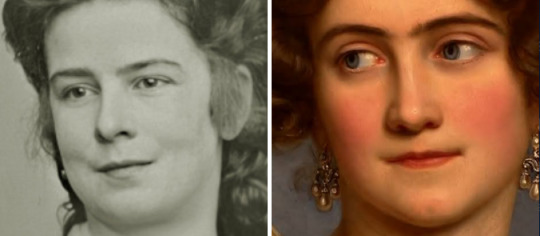
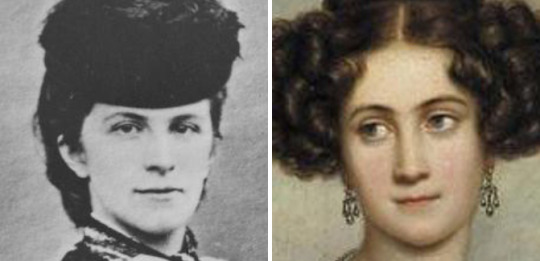
To me Marie resembled a bit more to her dad, specially the shape of her face (notice how they both had the same parted chin)
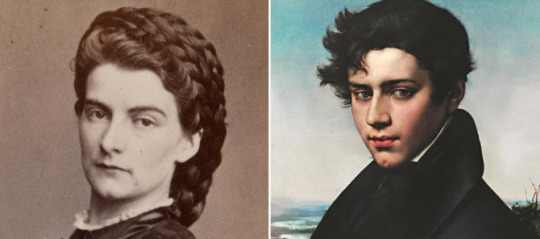
I don't think Sophie resembled particularly to one of her parents, tho as an older woman I think she looked a lot like her grandmother Queen Caroline.
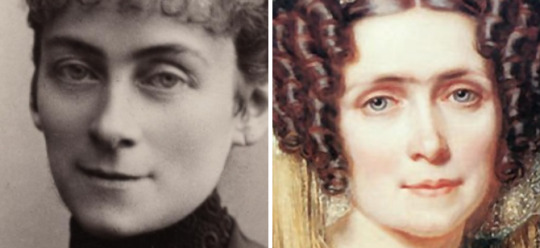
With Helene I can't settle, to be honest. Here is a comparison with her parents' portraits. Maybe she also looked more like a grandparent?

As for the guys: I also think they looked like a mix of their parents, tho as he grew older Ludwig Wilhelm resembled more to his dad.



In general you can see the family resemblance (remember Ludovika and Max were cousins lol) in all the kids, tho I wish we had more portraits, or better, actual pictures of their parents in their youth to compare them better.
#i tried to use different pics of max and ludovika but at the end i gave up jhjhjgk#asks#ludovika of bavaria duchess in bavaria#empress elisabeth of austria#queen marie sophie of the two sicilies#mathilde in bavaria countess of trani#sophie in bavaria duchesse d'aleçon#helene in bavaria hereditary princess of thurn und taxis#duke maximilian emanuel in bavaria#duke ludwig wilhelm in bavaria#karl theodor duke in bavaria#queen caroline of bavaria#maximilian joseph duke in bavaria
7 notes
·
View notes
Text
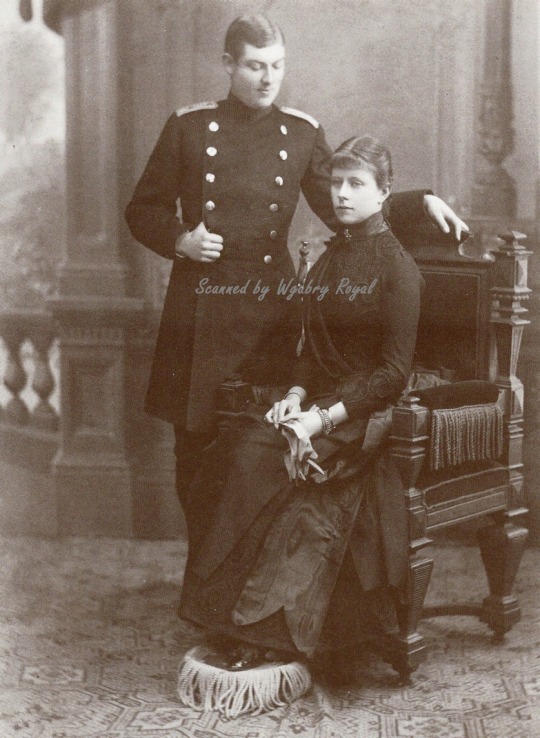
Maria Teresa of Bourbon-Two Sicilies, the only child of Prince Louis of Bourbon-Two Sicilies, Count of Trani and his wife Duchess Mathilde Ludovika in Bavaria, and her future husband Prince Wilhelm of Hohenzollern.
Source "Das Familienalbum von Kaiser Franz Joseph und Elisabeth"
4 notes
·
View notes
Text
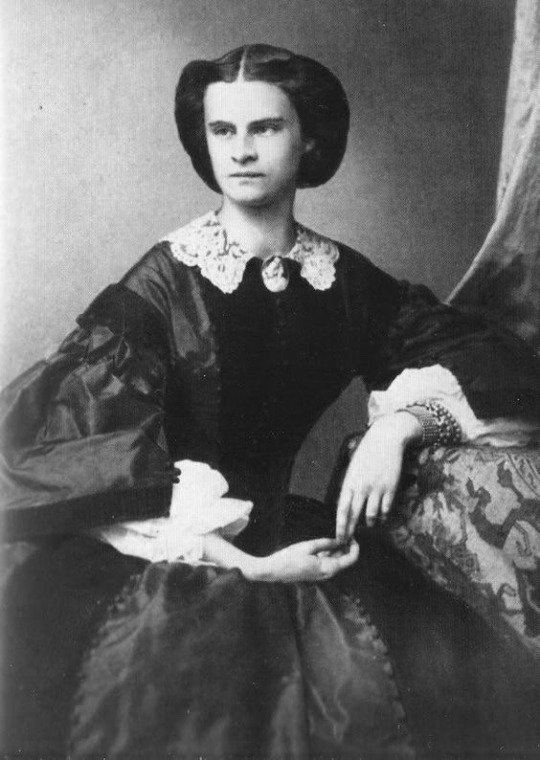
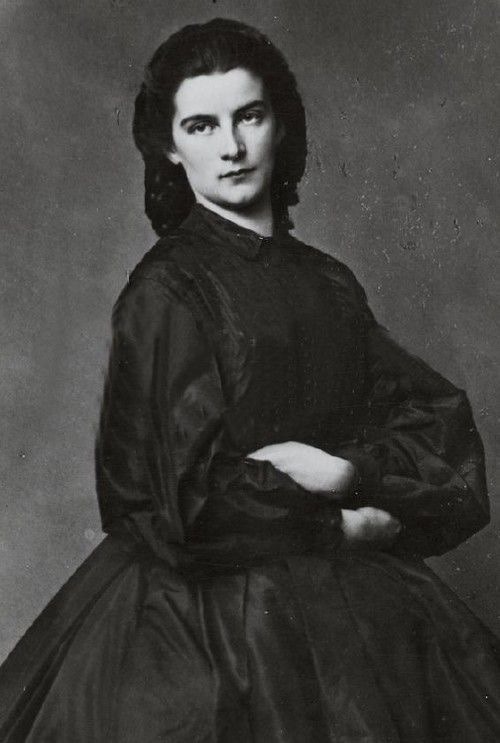
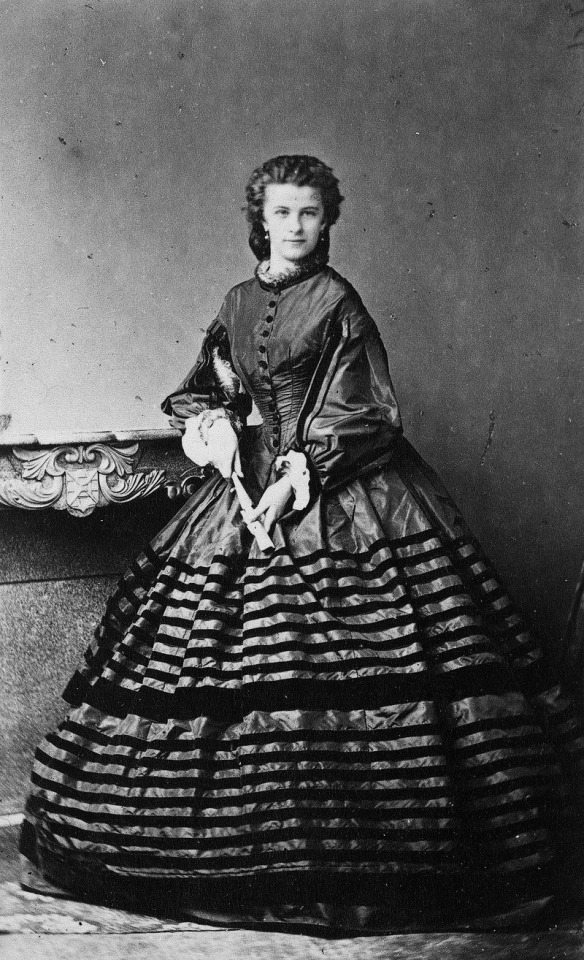

The four sisters of Elisabeth (left to right) :
Helene Caroline Therese, Duchess in Bavaria then Hereditary Princess of Thurn and Taxis. (1834-1890)
Marie Sophie Amélie, Duchess in Bavaria, Duchess of Calabre then Queen Consort of the Two-Sicilies. (1841-1925)
Mathilde Ludovika, Countess of Trani. (1843-1925)
Sophie Charlotte Auguste, Duchess in Bavaria then Duchess of Alençon. (1847-1897)
#Marie-Sophie in Bavaria#Helene in Bavaria#Mathilde in Bavaria#Sophie-Charlotte in Bavaria#old photographs#portraits#sisters#sisterhood
4 notes
·
View notes
Text
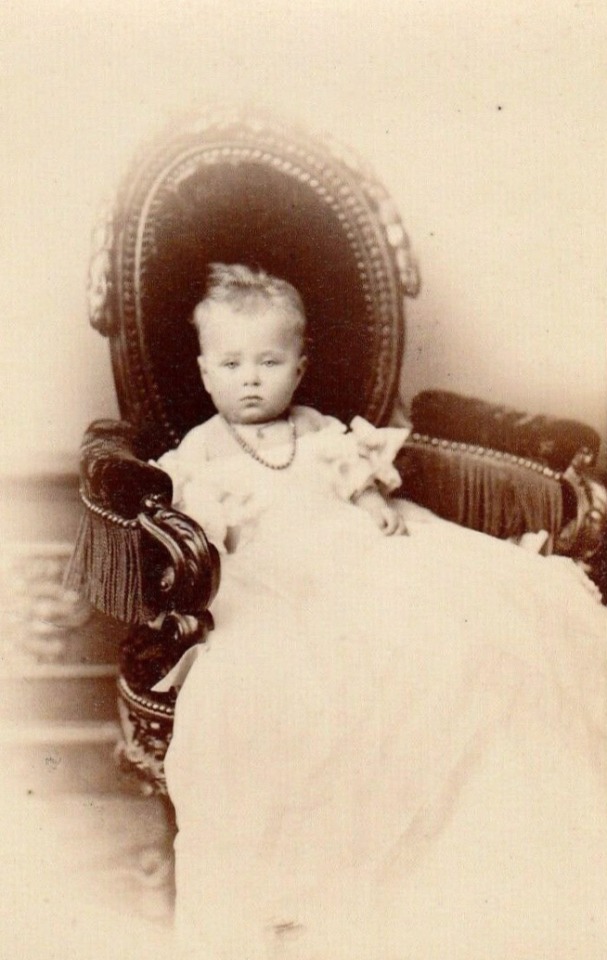
Princess Maria Teresa of Bourbon-Two Sicilies in 1867.
Only daughter of Prince Louis, Count of Trani and Duchess Mathilde Ludovika in Bavaria, sister of Empress Elisabeth of Austria.
#princess maria teresa of bourbon-two sicilies#bourbon-two sicilies#italian royal#italian royalty#1867#1860s
23 notes
·
View notes
Photo
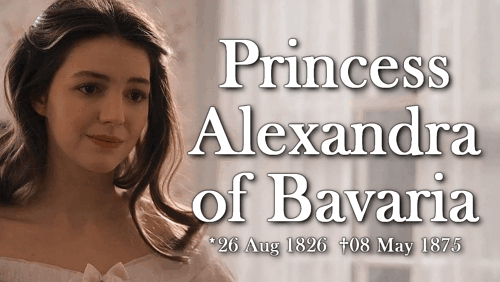
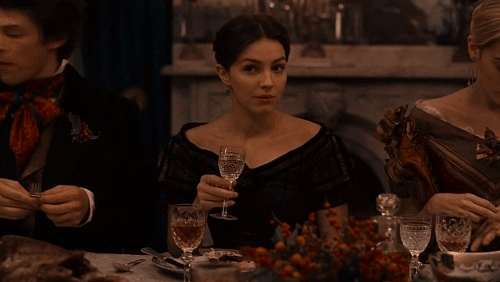




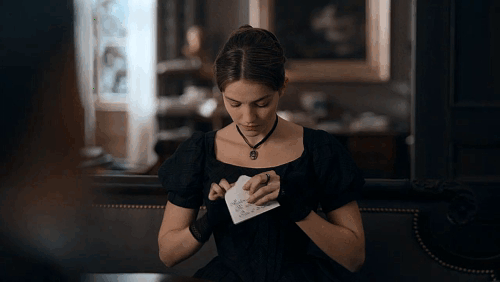


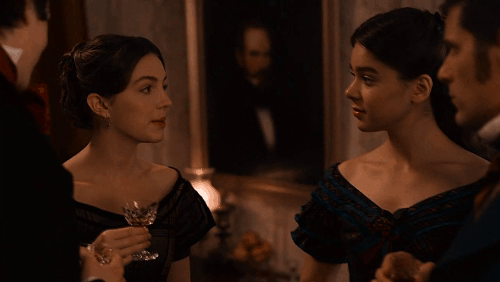
House of Wittelsbach: Princess Alexandra of Bavaria
Alexandra was born as the eight child and fifth daughter of King Ludwig I. of Bavaria and his wife Therese of Saxe-Hildburghausen. Alexandra’s siblings were King Maximilian II. of Bavaria, King Otto I. of Greece, Prince-Regent Luitpold of Bavaria, Grand Duchess Caroline Mathilde of Hesse and by Rhine, Duchess Adelgunde of Modena, Archduchess Hildegard of Austria and Prince Adalbert of Bavaria. But not only her siblings were of high-rank, among her aunts were Empress Caroline Augusta of Austria, Queen Elisabeth Ludovika of Prussia, Queens Amalie Auguste and Maria Anna of Saxony, Archduchess Sophie of Austria and Duchess Ludovika in Bavaria. Through the latter two, she was also a first half-cousin of Emperor Franz Joseph of Austria and his wife Elisabeth “Sisi” in Bavaria.
After his divorce, Louis Lucien Bonaparte, a cousin of Napoleon III., asked for Alexandra’s hand but her father declined. He thought it impossible to marry his daughter to a Napoleon but Alexandra’s fear of touch might have been another reason for him to decline a marriage. Alexandra stayed unmarried for the rest of her life. Instead her father made her abbess of the Royal Chapter for Ladies of Saint Anne in Munich and Würzburg.
In 1852, Alexandra began her literary career as an author and French to German translator. Several of her books were dedicated to charities and their earnings donated towards their cause.
Like other members of the House of Wittelsbach, Alexandra suffered from mental health issues too. She was obsessed with cleanliness and only wore white for a time. In her early twenties, she was haunted by the delusion of having swallowed a whole glass piano as a child. When she had to throw up one day, her servants tried to trick her by throwing a miniature piano into her puke to show her that she finally got rid of it.
Despite all her troubles, Alexandra was very close with her mother and tried to be as useful and kind as possible after her father’s death. Alexandra especially took care of the poor in Aschaffenburg. In 1860, she sponsored a public kitchen for the poor and sick there.
Alexandra died on May 8th, 1877, at the age of only 49 at Nymphenburg Castle. The same day and place, her younger brother Adalbert died too. But while Adalbert is buried at St. Michael, Alexandra rests in the Wittelsbach Crypt of Theatine Church in Munich.
// Ella Hunt in Dickinson
#women in history#historical women#historyedit#1800s#19th century#Alexandra of Bavaria#House of Wittelsbach#Royal Women of Bavaria
157 notes
·
View notes
Photo

Princess Maria Teresa Maddalena of Bourbon-Two Sicilies (15 January 1867, Zürich – 1 March 1909, Cannes) was the only child of Prince Louis of Bourbon-Two Sicilies, Count of Trani (heir apparent of the defunct throne of the Two Sicilies) and his wife Duchess Mathilde Ludovika in Bavaria. Maria Teresa was a member of the House of Bourbon-Two Sicilies and became a member of the House of Hohenzollern-Sigmaringen and titular Princess of Hohenzollern through her marriage to Prince Wilhelm of Hohenzollern (later Prince of Hohenzollern). She was called Mädi in the family and had a lifelong friendship with her cousin the Archduchess Marie Valerie of Austria.
#Maria Teresa of Bourbon-Two Sicilies#House Bourbon-Two Sicilies#XIX century#people#portrait#photo#photography#Black and White
14 notes
·
View notes
Photo
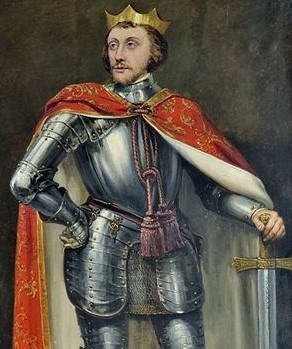

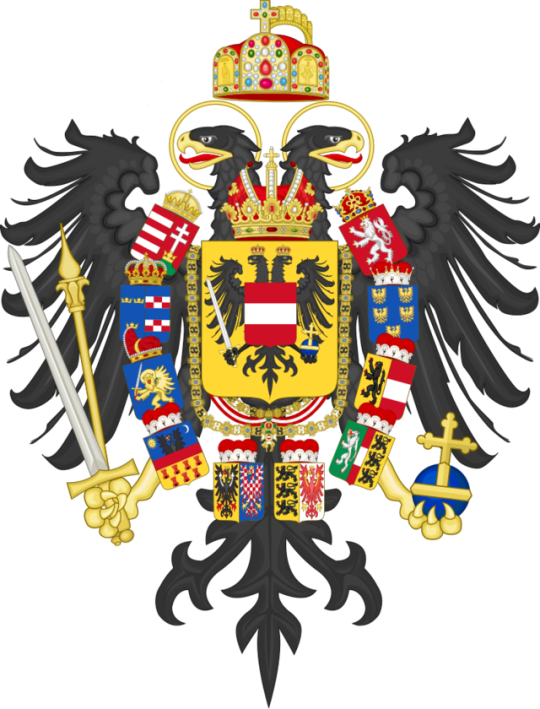
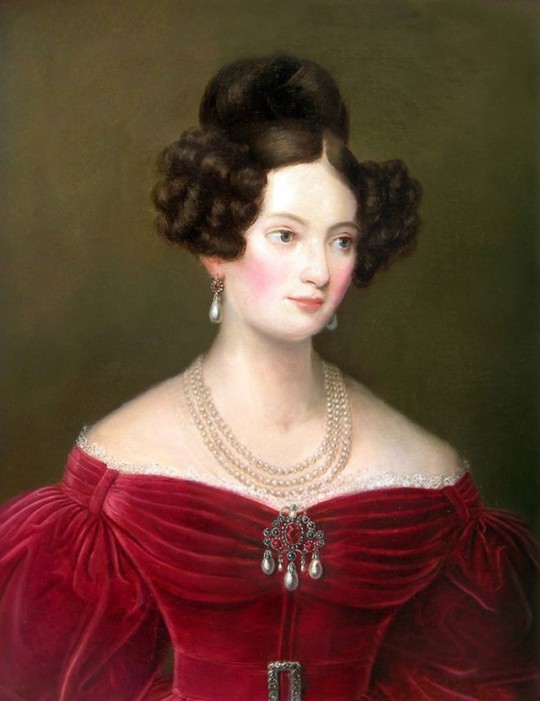
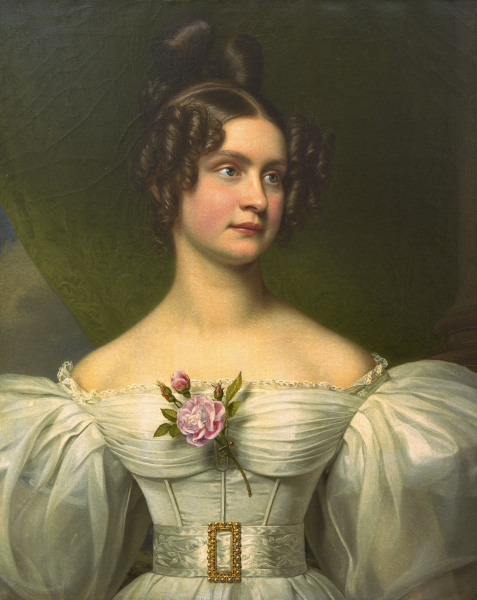
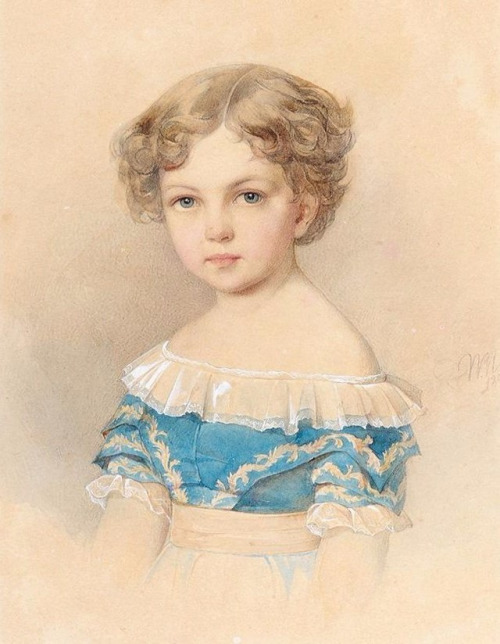


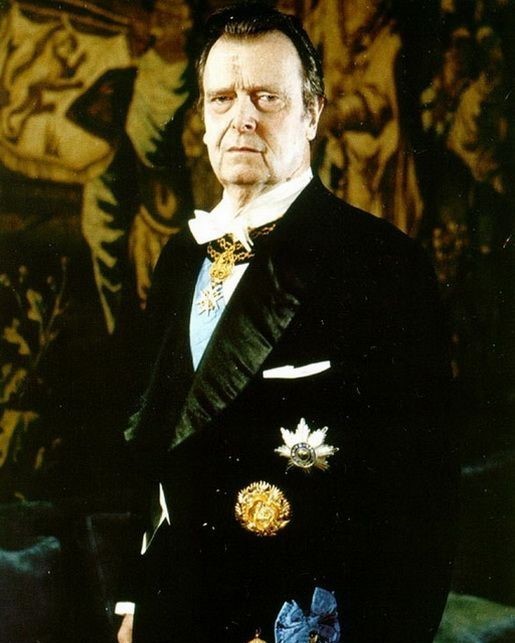

Royal Birthdays for today, August 30th:
Peter, King of Castile and Leon, 1334
Vlad II Dracul, Prince of Wallachia, 1400
Johann Nepomunk, Archduke of Austria, 1805
Marie Ludovika Wilhelmine, Princess of Bavaria, 1808
Mathilde Caroline of Bavaria, Grand Duchess of Hesse, 1813
Alexandra Alexandrovna, Russian Grand Duchess, 1842
Alexandra Georgievna, Princess of Greece, 1870
Princess Lilian, Duchess of Halland, 1915
Vladimir Kirillovich, Russian Grand Duke, 1917
Anne-Marie of Denmark, Queen of Greece,1946
#queen anne marie#princess lilian#alexandra alexandrova#alexandra georgievna#ludovika of bavaria#Archduke Johann Nepomuk#mathilde caroline of bavaria#Vladimir Kirillovich#Vlad II Dracul#peter of castile#long live the queue#royal birthdays
59 notes
·
View notes
Photo

THE COUNTESS
H.R.H. Princess Mathilde Ludovika of Bourbon-Two Sicilies, Countess of Trani, née Duchess in Bavaria (1843-1925)
#the countess#princess mathilde ludovika of bourbon-two-sicilies#countess of trani#duchess mathilde ludovika in bavaria#bavaria#deutschland#germany#german royalty#royal#royals#royalty#royaltyedit#italy#italian royalty#bourbon#bourbon-two sicilies#borbone due sicilie
15 notes
·
View notes
Text
Archduke Franz Josef goes to Bavaria

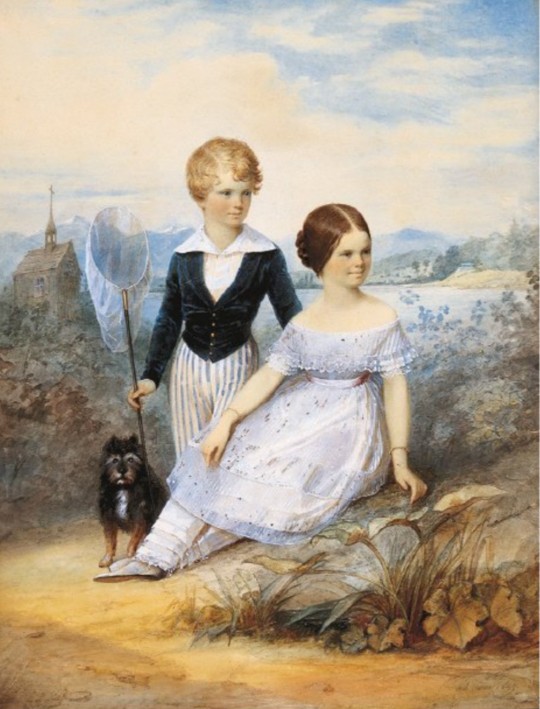
I was some days ago years old when I discovered that Franz Josef I's childhood diary is available in the Projekt Gutenberg. I'd been busy lately studying for upcoming exams and dreading for the future of my country, so I haven't had the time to look much into it, but for the little I've read it isn't that interesting - just short entries summarizing what he did on the day, with little to no personal thoughts. But even so I came across some entries that I thought might be of interest for you so I quickly put this post together, since I feel bad having this blog a bit abandoned as of lately.
At the beginning of September of 1843 the thirteen-years-old Archduke Franz Josef went with his mother to visit their Bavarian family in Munich. While "Franzi" (frustratingly to us) dedicates more words to describe what kind of animals he hunt that day than to his relatives, this somewhat dull entries still contain a very interesting piece of information: the earliest recorded meeting between him and his future wife, Duchess Elisabeth in Bavaria. So without further delay, here are the entries from September 2 and 3, which correspond to the first two days of the Archduke's visit to Munich (as always mandatory disclaimer that these are machine translations and therefore there may be/are some mistakes):
2. From Wasserburg we travelled to Munich, the beautiful dear Munich, where we saw the magnificent Festbau, the Basilica, the Ludwigskirche, the staircase of the library, the huge Bavaria by Stiegelmayer and the All Saints' Chapel.
We dined at Palais Leuchtenberg at half past four. Sad memories when we saw the lords, ladies and servants of poor Grandmama [Queen Caroline of Bavaria, who passed away in 1841]. I met the Crown Prince [Oscar] and Crown Princess [Josephine] of Sweden there.
We left Munich at 7 o'clock and arrived at Possenhofen at quarter past ten. We found there the Duke Max and all his children except Louis [Duke Ludwig Wilhelm], who is in Switzerland.
3 Sunday. We breakfasted with Aunt Louise [Duchess Ludovika], Helene, Elise [Elisabeth] and the very nice but almost spoilt Karl [Theodor]. At 10 o'clock we went into the dull chapel to hear mass, where I felt so sick that I had to be carried out of the chapel to an open window, where I got well again; then I lay down on the bed. At 12 o'clock I and Count Bombelles fished with Duke Max, where we caught 20 birch and white fish. I dined at my place with Count Bombelles and, because of my earlier habits, I only ate a plate of bouillons and an artichoke. In the afternoon we all went, even little Karl, to the king's castle on the opposite shore of the lake, where we had a snack. When we got home, I went straight to my room where I ate soup and then went to bed.
The Palais Leuchtenberg was the residence of Franz Josef's aunt Princess Auguste of Bavaria, the widow of Eugène de Beauharnais. Crown Princess Josephine was Auguste's and Eugène's eldest child, and therefore the future emperor's first cousin. I found this mention interesting because, even though they were closely related, the meetings between Franz Josef and the Bernadottes seem to have been rare, and I don't even know if he ever saw Josephine again when they were monarchs.
Meanwhile, Possenhofen was the summer residence of Duke Max in Bavaria's family (the Duke also had his own bachelor residence in which he spent most of his time, away from his family). Curiously FJ doesn't call him "uncle", though I don't know if this was for a particular reason or if he just didn't refer to the husbands of his aunts as uncles in general. At the time of this visit "Aunt Louise" was heavily pregnant with her seventh child, Mathilde, who would be born the 30th of that same month. His cousins Helene, Elisabeth (still called "Elise" by her relatives, the nickname "Sisi" would only appear in 1853) and Karl (whom apparently hadn't earned his nickname "Gackl" yet) were nine, five and four-years-old respectively. I have no idea why the twelve-years-old Louis, the eldest son the Ducal couple that FJ notes was missing, was in Switzerland. As for the youngest child of the couple - the still not two-years-old Marie - I suppose she was in the nursery, busy being a toddler, and that's why her cousin didn't saw her. Also it seems that passing out during Mass was really just A Thing That Happened, the place being so crowded and the incense being so strong, which may explain why Franz Josef is so casual about it in his writing.
Franz Josef and his mother stayed in Munich until September 6, so this was really a brief visit. The rest of the entries are just as exciting as the first two (ha!): visits to Possenhofen, the Palais Leuchtenberg and the Palais Max (the Ducal family's main residence in Munich), tea with Aunt Louise, family dinners, fishing and hunting (FJ feels the need to tells us exactly how many and what kind of birds did he shot, because obviously he knew the future historian would be dying to know that and not what he thought of his Bavarian relatives). There are two more things, however, that I would like to highlight from his entries. First, that despite having a reputation as a man uninterested in art, FJ deemed important to mention the many paintings and sculptures he saw in Munich; and second, this surprisingly poetic description of the lake Starnberg:
The wind whistled coldly across the lake, and the boat danced on the rolling waves of foam; it was a very beautiful sight; I thought I was on the sea, for towards the end of the lake the mountains were covered with clouds, and on this side one saw nothing but water, sky and a church tower illuminated by the sun.
And I have to give it to him, if he wanted, he could write more than short and dry descriptions.
#the fact that only gackl gets a description out of. literally everyone he saw in munich#franz josef i of austria#empress elisabeth of austria#ludovika of bavaria duchess in bavaria#maximilian duke in bavaria#karl theodor duke in bavaria#helene in bavaria hereditary princess of thurn und taxis#queen josephine of sweden#oscar i of sweden
34 notes
·
View notes
Note
Who are all of the children of Maximilian in Bavaria and Ludovika in Bavaria? I only know Sisi
Hello! Sorry it took me so long, I’ve been putting together this answer for a while. This is a somewhat basic introduction to the siblings, since I didn’t want this post to be even longer than already is.
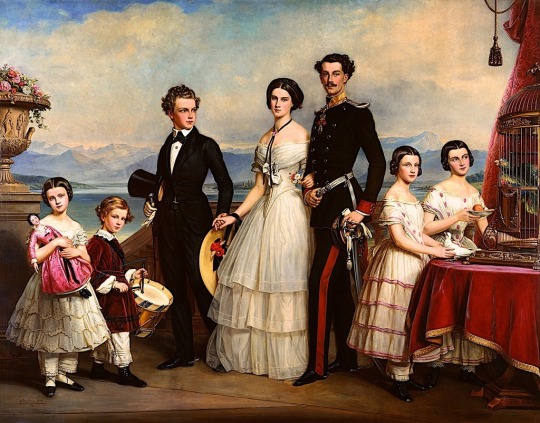
Duke Maximilian and Duchess Ludovika had a total of ten children, five girls and five boys. Their second son, Wilhelm Karl, sadly died at a month and half old, and their fourth son, Maximilian, was stillborn. The surviving eight children were (by order of birth): Ludwig Wilhelm, Helene, Elisabeth, Karl Theodor, Marie, Mathilde, Sophie and Maximilian Emanuel.

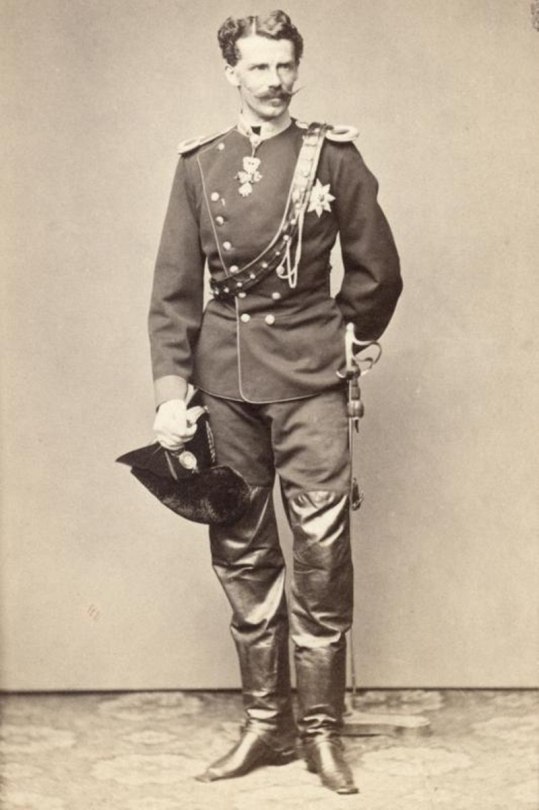
The eldest, Ludwig Wilhelm, born in 1831, was always known as “Louis” in his family. In 1858 he gave up his position as the future head of the Dukes in Bavaria branch in order to marry his mistress, former actress Henriette Mendel. He seems to have been somewhat difficult, at least judging by something Elisabeth told to her lady-in-waiting Countess Mária Festetics: “It is a good thing that Henriette is his wife, for anybody else would long since have left him, and he is happy with her.” What does this exactly mean I have no idea. Louis and Henriette had two children, Marie (born a year before her parents marriage) and Karl, who died as a baby. As was customary for Wittelsbach princes he did a military career, and in 1866 fought in the Seven Weeks War. We don’t really have much more information about him; many accounts about the Duke and his family that come after the Mayerling affair, in which his daughter Marie Larisch played a key role as the go-between Crown Prince Rudolf and Mary Vetsera, are heavily affected by the negative reputation that had befallen over her. His relationship with his sister wasn’t unaffected by this either, and he and Elisabeth became distant, though Elisabeth’s daughter Marie Valerie still wrote affectionately of her “Aunt Henriette”, so it may have been more out of a sense of awkwardness than Louis being directly blamed for the affair. He went to Elisabeth’s funeral, visibly affected by his sister’s death, and was one of the men who took her coffin to the Capuchin Crypt. A year after his wife’s death in 1891 he married actress Antonie Barth, forty years his junior. This marriage ended up in a divorce in 1913, after she had a child whom Louis claimed wasn’t his (I found some gossip articles about this on newspapers but that’s a whole rabbit hole I haven’t gone down yet). Ludwig Wilhelm died in Munich 1920, aged eighty-nine-years-old.
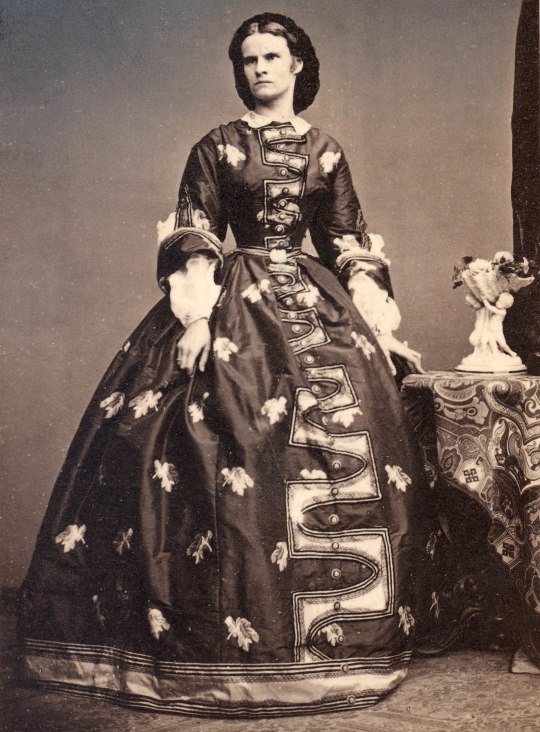

Born in 1834, the third child an eldest daughter, Helene, nicknamed “Nené” and “Lenza”, is probably the most known of Sisi’s siblings, and also the most misrepresented. She has gone down in history for being the disciplined, exemplary daughter that was groomed for years to become empress only to have “her fiancé” stolen by her younger sister. Except that none of this is true. In her old age Ludovika often complained that Helene had been a troublesome child who had caused her a lot of grievances. And it’s unlikely that Helene had ever expected, let alone been prepared, to become empress years in advance: not only there had been serious attempts to get Princess Anna of Prussia’s hand for Franz Josef in 1852 (why would they have done this if Helene was supposedly waiting in the wings to marry him?), but also when Ludovika was told that the emperor wanted to marry Sisi she became very emotional “for in her great modesty she had always doubted that the Emperor would really think in one of her daughters”.
By late 1857 Ludovika lamented that her daughter had pretty much become a spinster. But in the beginning of 1858 Helene met Maximilian, Hereditary Prince of Thurn und Taxis, and soon after he proposed. This marriage wasn’t well received by King Maximilian II, since the Taxis were subjects of the Bavarian king and therefore not equal to marry a Wittelsbach, but eventually King Max gave them the all-clear and they married. Reportedly the marriage was happy, but her husband sadly died only ten years later of an illness, and she fell into a deep grief. When Helene’s father-in-law died in 1871 she became the de facto head of the house of Thurn und Taxis until her son Maximilian reached the majority. Helene was sadly to suffer two more big blows in her life: in 1881 her daughter Elisabeth died of childbirth complications aged only 20-years-old, and in 1885 her son Maximilian died of cardiac problems aged only 24-years-old. Helene’s last years are said to have been very sad, since she never recovered from the untimely deaths of her husband and children. She died in 1890 at the age of 56, likely of cancer. At her deathbed were her two surviving children, Louise and Albert, and her sister Elisabeth.

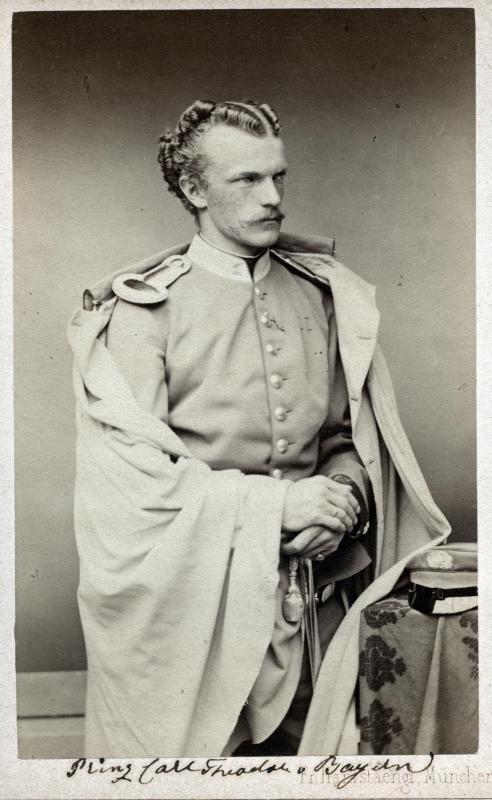
The fifth child and third son, Karl Theodor, called “Gackl” by his family, was Elisabeth’s favorite brother. He seems to have been a very charismatic man, since everyone that met him had nothing but good things to say about him. In 1865 he married his first cousin Princess Sophie of Saxony, and they had one daughter, Amalie. Sadly Sophie’s health was severely affected by childbirth, and died over a year later of influenza. Like his elder brother he also did a military career starting from a young age, and fougth in the Seven Weeks War. However, afterwards he left active service and went to the Ludwig Maximilian University of Munich, where he studied medicine. His studies were interrupted by the Franco-Prussian War, but he got his degree as a doctor in medicine, later specializing in ophtalmology. During this time Karl Theodor had remained a widower, but in 1874, seven years after his wife’s passing, he married Infanta Maria José of Portugal, daughter of the deposed King Miguel I of Portugal and seventeen years his junior. They had five children: Sophie, Elisabeth, Marie Gabrielle, Ludwig Wilhelm and Franz Josef. Gackl became a renowned oculist, and in 1895 he opened the Augenklinik Herzog Carl Theodor (Duke Carl Theodor Eye Clinic) in Munich, which exists to this day. He personally operated thousands of people, assisted by Maria José, and later also by his daughters. Karl Theodor died in 1909, a few weeks after his 70th birthday, from bronchitis.


While Helene is the most known of Elisabeth’s sister solely because everyone and their moms know the (incorrect) story of her being “rejected” by FJ, the sixth child and third daughter, Marie, is the most famous sister for her own merits. She was the last Queen of the Two Sicilies as the wife of King Francesco II, and has gone down in history for leading the resistance during the Siege of Gaeta, the last stand of the Bourbon dynasty in Naples. She was only nineteen when her husband finally surrounded, and lived in exile for the rest of her life. After ten years of marriage Marie and her husband had one child, Maria Cristina, who sadly passed away while still a baby. They tried to have more children, but all her pregnancies ended up in miscarriages. She spent the rest of her life traveling; when WWI broke she settled down in Munich, where she died aged 82 in 1925.
Marie has gotten an interesting reputation: she is either known for being the brave queen who stood up next to her troops until the end, or for being a haughty woman who deeply envied her imperial sister and lived full of resentment. The first is just one, although crucial, brief moment in her life; and the second is literally just what Mária Festetics, one of Elisabeth’s ladies-in-waiting, thought of her. Once I realized how little we actually knew about Marie, how much is just hearsay and speculation, she became fascinating to me, but sadly we still don’t have a good biography about her that uses primary sources instead of relying in gossipy second hand accounts.
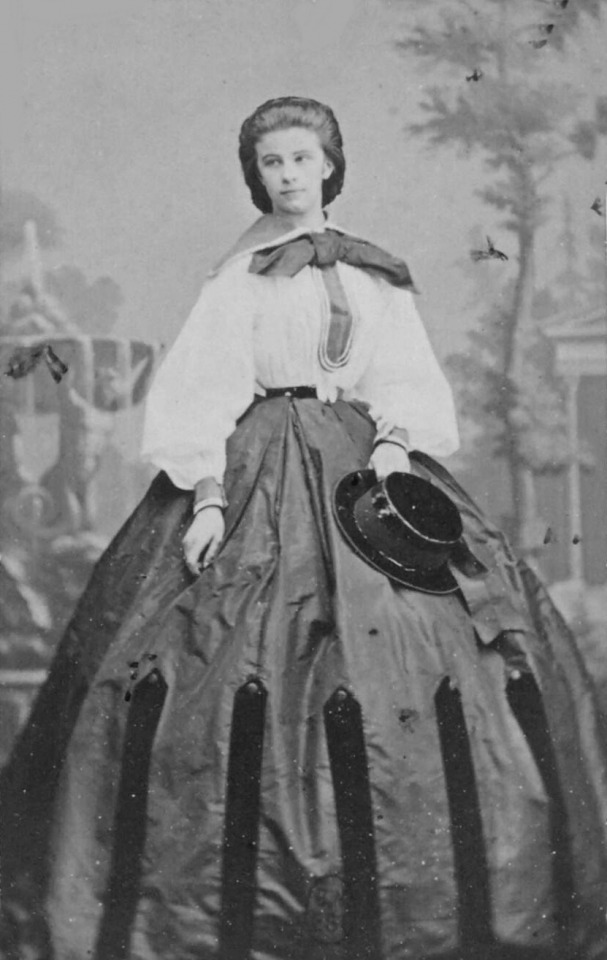

Mathilde, called “Spatz” (Sparrow), is the sister we have the least information of. She and Marie were the closest of the sisters; they were always together, and would often even dress the same (as you can see in the Stieler portrait). In 1861 Mathilde married Prince Luigi, Count of Trani, half-brother of Marie’s husband, and joined her sister in Rome, were the Bourbons in exile had settled their court. The marriage turned out to be unhappy, since her husband was an alcoholic and cheated on her, though they did had one child: Maria Teresa, called “Mädi”, born in 1867. Mathilde and Luigi separated eventually, though she did went to his aid and nurse him when he was sick. But the person she dedicated her life was her daughter, who for many years suffered from poor health (likely sclerosis); Mathilde took care of Mädi until her death, aged only 42. She spent the last years of her life with her sister Marie, and died only months after her, in 1925.


The youngest daughter, Sophie, born in 1847, is probably the most “romantic” of the Wittelsbach sisters. Just like Helene she has gone down in history for being a “rejected bride”, though in her case, it’s actually true. She was briefly engaged to her cousin Ludwig II of Bavaria, and it was an absolute disaster: he had no interest in marriage (not really that surprising when you consider that he was gay) and often publicly snubbed Sophie; she in turn was absolutely miserable because she felt he was playing with her. Ludwig kept postponing the wedding until Sophie’s father, Duke Max, send him an ultimatum, to which the king responded by just canceling it. As if these months hadn’t been stressful enough for Sophie, during this time she also had an affair with Edgar Hanfstaengl, the son of the court photographer. I don’t really know much about this liaison, only that she was aided by two ladies-in-waiting in order to meet him in private and that some love letters she wrote to him have survived. But whatever the extent of her feelings, the relationship could never become serious, and one year later she married Prince Ferdinand of Orléans, Duke of Alençon, a grandson of King Louis Philippe I of the French. I don’t know if this marriage was ever a love match or if Sophie simply wanted to settle down for good after all her failed romantic experiences; whatever the case they did have two children, Louise and Emmanuel. The Orléans had been living in exile in England since the deposition of Louis Philippe, and only after the fall of the Second French Empire in 1872 were they allowed to return to France. This probably improved Sophie’s mood, since she had suffered from depression since her children’s birth, and the English weather didn’t make her feel better.
After the death of her former fiancé Ludwig II in 1886, Sophie fell ill and on advice of her brother Gackl she searched for a treatment in Munich under a Dr Glaser. But while he treated her she fell in love with her doctor, who was also married with children. This time Sophie didn’t want to give up her enamored, and did something unthinkable for a woman of her status in the 19th century: she sought for a divorce from Ferdinand. Sadly things didn’t work out for her, because her husband, on the advice of her brother Karl Theodor, retaliated by having Sophie interned in a mental clinic for “moral insanity”, where she suffered the appalling “treatments” for mental illnesses of the time. After seven months she was considered cured, and allowed to leave the institution. She never again tried to divorce.
Sophie dedicated the last years of her life to charity work. In 1897 she was one of the organizers of the Bazar de la Charité, an annual charity event held in Paris since 1885, and was in the place when an accident set it on fire, taking the lives of 126 victims. She was one of the victims of the fire, and although she had the chance to leave she refused she refused to abandon the Bazar until everyone else was out, guiding and helping people to find the exist until her last moments. She had been fifty-years-old.


Lastly the youngest child Maximilian Emanuel, nicknamed “Mapperl”, is the brother we know the least about. Born in 1849, he was only two years and a half younger than his sister Sophie, whom he was the closest to: they were often referred as “die Kleinen” (the little ones). As his eldest brothers he did a military career, and fought both in the Seven Weeks War (aged only sixteen!) and in the Franco-Prussian War. At Sophie’s wedding he met and fell for a cousin of the groom, Princess Amalie of Saxe-Coburg and Gotha, which would have been great… if she hadn’t been already engaged to Prince Leopold of Bavaria. Here’s when things get a bit messy: according Briggitte Hamann, Elisabeth found out about the situation and decided to step in and free Mapperl’s beloved… by introducing her daughter Gisela to Leopold. Which is. Hmmm. A questionable thing to do. However, other authors claim that Elisabeth actually had nothing to do with that, specially considering that Mapperl’s wedding took place three years after Leopold and Gisela got engaged - if the goal was to make Amalie available, he definitely took his sweet time to make his move. One day I’ll look deep into it because I’m genuinely curious as to which is the truth; whatever the case, both couples had happy marriages, so good for them. Max Emanuel and Amalie had three sons: Siegfried, Christoph and Luitpold. Sadly Max Emanuel died quite unexpectedly in 1893 from an ulcer, aged only 43-years-old.
Again, this is only an introduction to the siblings, there’s far more information out there that I could possibly put in a single post. Thank you for your question! The Dukes and Duchesses in Bavaria are really interesting an I think they deserve the spotlight as much as their imperial sister.
#a lot of this i wrote from memory + copying my own previous posts + checking dates and names on wikipedia#so please forgive my lack of sources and sorry if there are mistakes!#house of wittelsbach#duke ludwig wilhelm in bavaria#helene in bavaria hereditary princess of thurn und taxis#karl theodor duke in bavaria#queen marie sophie of the two sicilies#mathilde in bavaria countess of trani#sophie in bavaria duchesse d'aleçon#duke maximilian emanuel in bavaria#asks
19 notes
·
View notes
Text
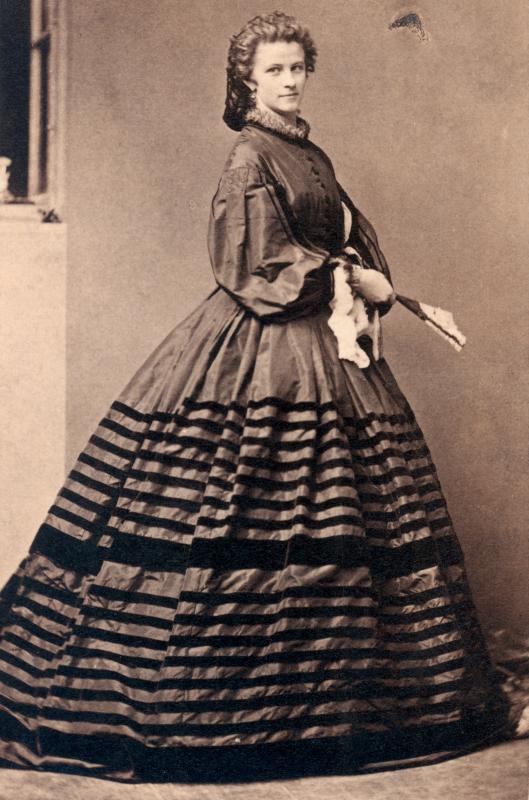
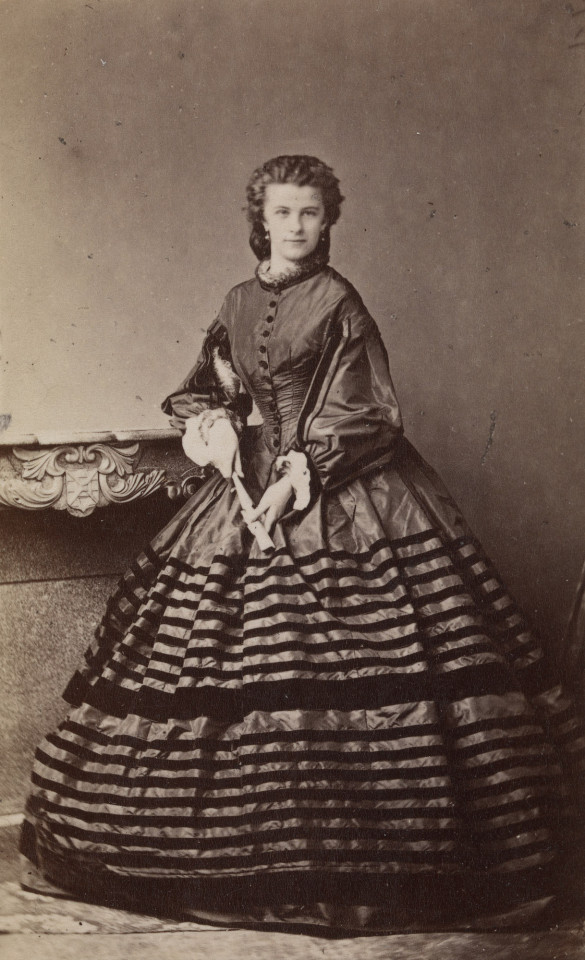
In April 1843, Princess Ludovika of Bavaria – wife of Maximilian Joseph, Duke in Bavaria – wrote to her niece Mathilde (Princess Mathilde Caroline of Bavaria, later Grand Duchess of Hesse and by Rhine) that she was pregnant for the 7th time. She was “a little more miserable than usual, but when God gives me a healthy child, these complaints will disappear!” When the little girl was born on 30 September 1843 at Possenhofen, she was named Mathilde Ludovika and Princess Mathilde was asked to be a godparent. She quickly gained the nickname of “Der Spatz” – the Sparrow – probably due to her delicate constitution. Her father was present at her birth, though this was rather an exception than a rule. (X)
ON THIS DAY, IN 1843, DUCHESS MATHILDE LUDOVIKA IN BAVARIA, LATER COUNTESS OF TRANI, WAS BORN. She was the seventh child and fourth daughter of Maximilian, Duke in Bavaria and his wife, Princess Ludovika of Bavaria, and therefore a younger sister of Empress Elisabeth "Sisi" of Austria.
#mathilde in bavaria countess of trani#ludovika of bavaria duchess in bavaria#maximilian joseph duke in bavaria#mathilde caroline of bavaria grand duchess of hesse and by rhine#house of wittelsbach#on this day in history
63 notes
·
View notes
Text

Countess of Trani, née Mathilde Ludovika, Duchess in Bavaria by Philip de László, 1900
In the spring of 1900, while de László was in Rome for two months to paint Pope Leo XIII for the Fine Arts Museum in Budapest, he also found time to paint other sitters, among them Mathilde, Countess of Trani, née Duchess in Bavaria, the younger sister of Elisabeth, Empress of Austria and Queen of Hungary. Only some weeks earlier he had painted her daughter Maria Teresa, Princess of Hohenzollern in Potsdam. According to Schleinitz, the author of the first monograph on the artist, “the Princess recommended László to her mother living in Rome.”
De László himself remembered her as a ‘distinguished lady’, who: “in her general appearance, her ways of moving, her attitude while sitting, even in her coiffure […] was the image of her sister, Elisabeth Empress of Austria, but without the Empress’s beautiful eyes and lacking her feminine charm.” Apart from this great similarity to her more famous sister ‘Sisi’, which is also apparent in the painting itself, the portrait of Countess Trani “is characterised by deep inner and visible sadness. Countess Trani is rendered with a profundity quite devoid of any theatrical pathos, because in the Master’s art there is never any coldness or forced quality.”
The De László Archive Trust
43 notes
·
View notes
Text
Master Post - Members by birth
Disclaimer: Houses that rule(d)/reside(d) in other countries but originally came from German and/or Austrian territories and/or are generally regarded as belonging to this cultural room are listed among the German & Austrian Houses.
German & Austrian Houses
House of Ascania
Princess Sophie of Anhalt-Zerbst aka Catherine the Great
House of Coburg (Cadet branch of the House of Wettin)
Princess Alice of the United Kingdom, The Grand Duchess of Hesse and by Rhine
Princess Antoinette of Saxe-Coburg-Saalfeld, Duchess of Württemberg
Princess Charlotte of Belgium, The Empress of Mexico, Archduchess of Austria
Princess Stéphanie of Belgium, Crown Princess of Austria, Hungary & Bohemia
Princess Victoria of Great Britain and Ireland, Princess Royal, The German Empress
Victoria of Saxe-Coburg-Saalfeld, The Princess of Leiningen, The Duchess of Kent
House of Griffin
Elizabeth of Pomerania, Holy Roman Empress
House of Habsburg
Archduchess Johanna of Austria, The Grand Duchess of Tuscany
Archduchess Maria Amalia of Austria, Holy Roman Empress, The Electress of Bavaria
Archduchess Maria Anna of Austria, Princess of Lorraine and Bar
Archduchess Maria Antonia of Austria, The Electress of Bavaria
Archduchess Maria Antonia “Marie Antoinette” of Austria, The Queen of France and Navarre
Archduchess Maria Leopoldine of Austria, The Empress of Brazil, Queen of Portugal & the Algarves
Maria Theresia, The Archduchess of Austria, Holy Roman Empress
Archduchess Sophie of Austria
House of Hanover (Cadet branch of the House of Welf)
Princess Sophia Dorothea of Hanover, The Queen in Prussia
Queen Victoria of the United Kingdom, Empress of India
House of Hesse
Princess Alix of Hesse and by Rhine, Empress Alexandra Feodorovna of Russia
Princess Elisabeth of Hesse and by Rhine, Grand Duchess Elizabeth Feodorovna of Russia
House of Hohenlohe-Langenburg
Princess Adelheid of Hohenlohe-Langenburg, The Duchess of Schleswig-Holstein
Princess Feodora of Hohenlohe-Langenburg, The Duchess of Saxe-Meiningen
House of Hohenstaufen
Elisabeth “Beatrix” of Swabia, The Queen of Castile, León & Galicia
Konstanze “Anna” of Hohenstaufen, The Empress of Nicaea
House of Hohenzollern
Princess Anna Amalia of Prussia
Princess Caroline of Ansbach, The Queen of Great Britain & Ireland, The Electress of Hanover
Princess Elisabeth of Brandenburg, The Duchess of Brunswick-Calenberg-Göttingen
Princess Luise of Prussia, Princess Radziwiłł
Princess Maria Eleonora of Brandenburg, The Queen of Sweden
Princess Marie of Prussia, The Queen of Bavaria
Princess Wilhelmine of Prussia, The Margravine of Brandenburg-Bayreuth
House of La Marck
Amalia of Cleves
Anne of Cleves, The Queen of England
Sybille of Cleves, The Electress of Saxony
House of Leiningen
Princess Feodora of Leiningen, The Princess of Hohenlohe-Langenburg
House of Liechtenstein
Princess Sophie of Liechtenstein, Countess Esterházy de Galantha
House of Mecklenburg
Charlotte of Mecklenburg-Strelitz, The Queen of Great Britain, Ireland & Hanover
Elisabeth of Mecklenburg-Schwerin, Princess of Brunswick-Lüneburg aka Grand Duchess Anna Leopoldovna of Russia
Friederike (Federica) of Mecklenburg-Strelitz, The Queen of Hanover
Louise of Mecklenburg-Strelitz, The Queen of Prussia
Therese of Mecklenburg-Strelitz, The Princess of Thurn and Taxis
House of Northeim
Richenza of Northeim, Holy Roman Empress
House of Oldenburg
Augusta Victoria of Schleswig-Holstein, German Empress
Princess Cecilie of Greece & Denmark, The Hereditary Grand Duchess of Hesse and by Rhine
House of Reuß
Princess Hermine Reuß of Greiz, “German Empress”
House of Thurn and Taxis
Princes Marie Auguste of Thurn and Taxis, Duchess of Württemberg
House of Welf
Adelaide of Burgundy, Holy Roman Empress, Queen of Italy
Princess Caroline of Brunswick-Wolfenbüttel, The Queen of the United Kingdom & Hanover
Elisabeth Christine of Brunswick-Wolfenbüttel, Holy Roman Empress
Elisabeth Christine of Brunswick-Wolfenbüttel-Bevern, The Queen in & of Prussia
Princess Juliane of Brunswick-Wolfenbüttel-Bevern, The Queen of Denmark and Norway
House of Wettin
Adelheid (Adelaide) of Saxe-Meiningen, The Queen of the United Kingdom and Hanover
Princess Augusta of Saxe-Weimar-Eisenach, German Empress
Princess Christina of Saxony, The Landgravine of Hesse
Princess Luise (Louise) of Saxe-Gotha-Altenburg, The Duchess of Saxe-Coburg-Saalfeld, The Countess of Pölzig and Beiersdorf
House of Wied-Neuwied
Princess Elisabeth of Wied, The Queen & Princess of Romania
House of Wittelsbach
Princess Alexandra of Bavaria
Princess Amalie Auguste of Bavaria, The Queen of Saxony
Eleonore Magdalene of Neuburg, Holy Roman Empress
Elisabeth “Sisi” in Bavaria, The Empress of Austria
Elisabeth (Isabeau) of Bavaria, The Queen of France
Princess Elisabeth Ludovika of Bavaria, The Queen of Prussia
Helene “Néné” in Bavaria, The Hereditary Princess of Thurn and Taxis
Princess Ludovika of Bavaria, The Duchess in Bavaria
Princess Maria Anna of Bavaria, The Archduchess of Inner Austria-Styria
Princess Maria Anna of Bavaria, The Queen of Saxony
Marie in Bavaria, The Queen of Two Sicilies
Baroness Marie Louise of Wallersee, Countess of Larisch
Mathilde in Bavaria, The Countess of Trani
Sophie in Bavaria, The Duchess of Alençon
Princess Sophie of Bavaria, Archduchess of Austria
House of Württemberg
Mary of Teck, The Queen of the United Kingdom & British Dominions, Empress of India
Princess Sophie of Württemberg, The Queen of the Netherlands
Minor Nobles
Anna Constantia of Brockdorff, The Imperial Countess of Cosel
Katharina von Bora, Mrs Martin Luther
Baroness Louise Lehzen
Baroness Marie “Mary” of Vetsera
Sophie Botta, The Dark Countess of Hildburghausen
Sophie of Pannwitz, Countess of Voß
Foreign Houses
House of Albret
Jeanne d’Albret, The Queen of Navarre, 1. The Duchess of Jülich-Cleves-Berg and 2. The Duchess of Vendôme
House of Aviz
Infanta Eleonor of Portugal, Holy Roman Empress
House of Bourbon
Princess Louise d’Orléans, Princess Alfons of Bavaria
Byzantine Imperial Family
Princess Eudokia Laskarina of Nicaea, The Hereditary Duchess of Austria
Irene of Byzantium, The Queen of the Germans, The Duchess of Swabia
Princess Theodora Angelina, The Duchess of Austria & Styria
Princess Theodora Komnene of Byzantium, The Duchess of Bavaria & Austria
Theophanu, Holy Roman Empress
House of Chotek
Countess Sophie Chotek of Chotkowa and Wognin, The Duchess of Hohenberg
House of Este
Maria Beatrice d’Este, The Duchess of Massa & Carrara, Archduchess of Austria
House of Jagiellon
Jadwiga (Hedwig) Jagiellon, The Electress of Brandenburg
House of Stuart
Elizabeth Stuart, The Queen of Bohemia & Electress Palatine
House of Trastámara
Queen Joanna “The Mad” of Castile, Léon & Aragon, The Duchess of Burgundy, Archduchess of Austria
House of Valois
Mary, The Duchess of Burgundy, Archduchess of Austria
Commoners
Fatima Kariman aka Maria Aurora (von) Spiegel
Helene Baltazzi, The Baroness of Vetsera
Louise Rump, Mrs Ebert
Margot Großmann, Mrs Sauerbruch
Maria Anna Mozart, The Imperial Baroness Berchthold
Maria “Mizzi” Kaspar
Ottilie Richter, Baroness of Faber
Sophie Scholl
35 notes
·
View notes
Photo
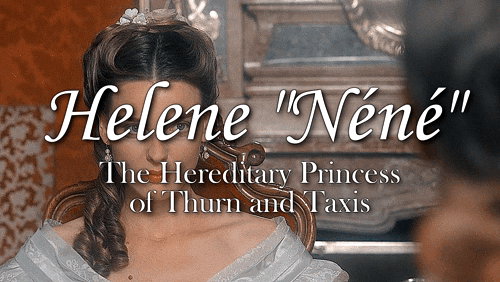

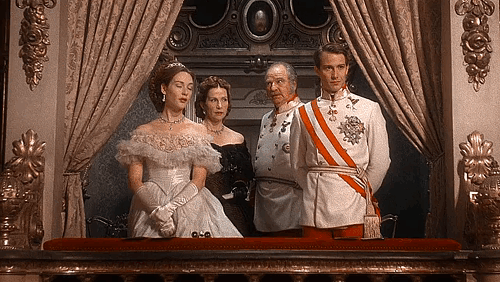


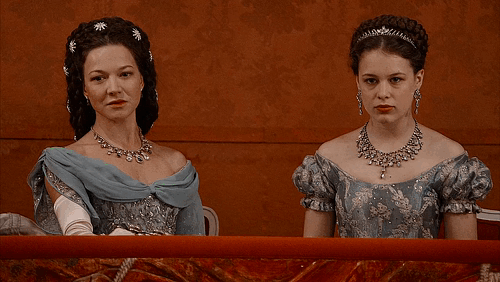

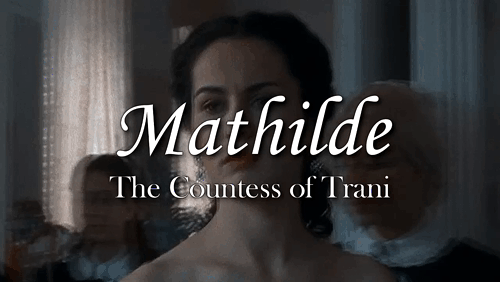
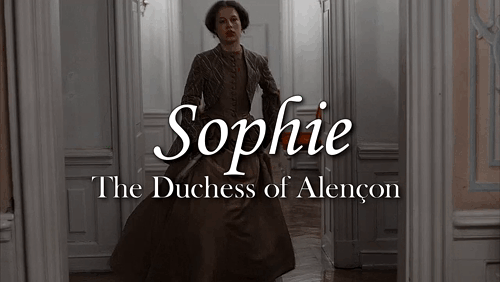

Siblings (03/?): The Daughters of Princess Ludovika of Bavaria, The Duchess in Bavaria
Helene “Néné” in Bavaria, The Hereditary Princess of Thurn and Taxis
Elisabeth “Sisi” in Bavaria, The Empress of Austria and Queen of Hungary
Marie in Bavaria, The Queen of Two Sicilies
Mathilde in Bavaria, The Countess of Trani
Sophie in Bavaria, The Duchess of Alençon
#women in history#historical women#Victorian Era#1800s#19th century#european history#austrian history#Siblings#House of Wittelsbach
167 notes
·
View notes
Photo
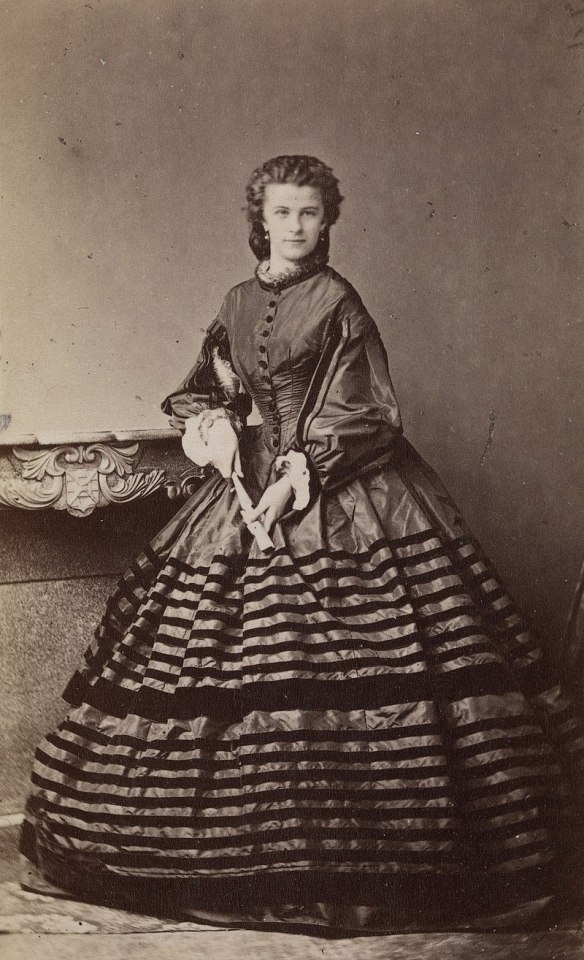
Mathilde Ludovika, Duchess in Bavaria (30 September 1843 – 18 June 1925) was the fourth daughter of Maximilian, Duke in Bavaria and Princess Ludovika of Bavaria. Her mother was the youngest daughter of King Maximilian I Joseph of Bavaria by his second wife Margravine Karoline of Baden.
2 notes
·
View notes